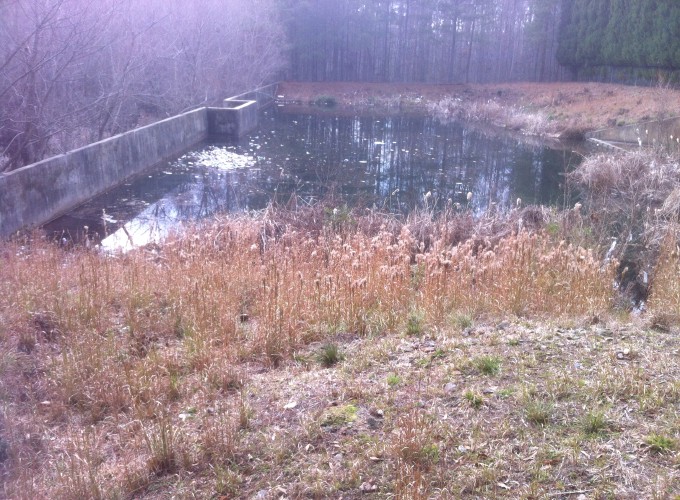 Image credit: Wikimedia Commons
Image credit: Wikimedia Commons
Sediment chemistry of urban stormwater ponds and controls on denitrification
 Image credit: Wikimedia Commons
Image credit: Wikimedia Commons
Sediment chemistry of urban stormwater ponds and controls on denitrification
Abstract
Stormwater ponds and retention basins are ubiquitous features throughout urban landscapes. These ponds are potentially important control points for nitrogen (N) removal from surface water bodies via denitrification. However, there are possible trade‐offs to this water quality benefit if high N and contaminant concentrations in stormwater pond sediments decrease the complete reduction of nitrous oxide (N2O), a potent greenhouse gas, to dinitrogen (N2) during denitrification. This may occur through decreasing the abundance or efficiency of denitrifiers capable of producing the N2O reductase enzyme. We predicted that ponds draining increasingly urbanized landscapes would have higher N and metal concentrations in their sediments, and thereby greater N2O yields. We measured potential denitrification rates, N2O reductase (nosZ) gene frequencies, as well as sediment and porewater chemistry in 64 ponds distributed across eight U.S. cities. We found almost no correlation between the proportion of urban land cover surrounding ponds and the nutrient and contaminant concentrations in the stormwater pond sediments within or across all cities. Regression analysis revealed that the proportion of potential N2 and N2O production that could be explained was under different environmental controls. Our survey raises many new questions about why N fluxes and transformations vary so widely both within and across urban environments, but also allays the concern that elevated metal concentrations in urban stormwater ponds will increase N2O emissions. Urban stormwater ponds are unlikely to be a problematic source of N2O to the atmosphere, no matter their denitrification potential.